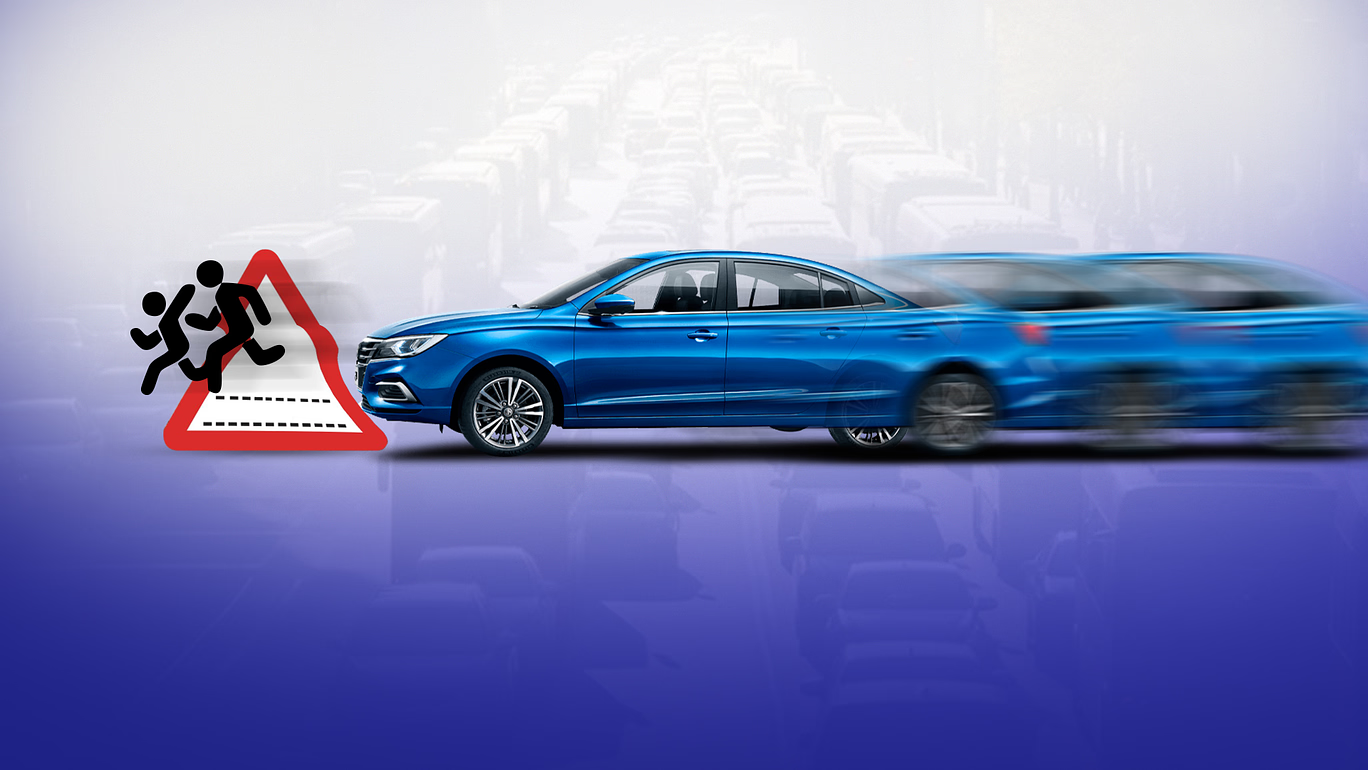Baguio, Subic, Batangas, and Tagaytay are included in the list of Philippines’ Highly Urbanized Cities coming from the Island of Luzon. It is highly possible for anyone to drive to these cities either for business or for pleasure and for anything else in between.
Every day, the roads of these urban jungles are thronged with vehicles of different origins, destinations, purposes, and kinds of drivers. That is why Drivesafe PH is here to make sure everything is right when you are driving in these cities, and by right, we don’t only mean the side of the road where we drive in the Philippines, but the whole package when navigating the entire highway network.
Whether you’re a native or an expert driver, here are things that you should remember to ensure road safety during emergencies:
- Rainy Season

The rainy season in the Philippines starts from June until November. Driving can be twice as risky during these times, especially at higher elevations, as these places can be prone to landslides or erosion.
- Although everything needs to be functional at all times, we have to make sure our head and tail lights, brake and turn signals, and windshield wipers are working correctly.
- Check your tires to see if the grooves are still deep enough to ensure good road traction.
- Take note that there are still some ravines that aren’t entirely guarded, and the road can be very slippery when it is wet.
- During heavy rain, turn your headlights on. If your vision becomes cloudy, it’s better to look for a safe place, if there’s no lay-by anywhere nearby, to park until the weather improves to one that’s suited for driving.
2. Each City is Unique
Baguio

Since Baguio City is one of the most popular getaways, the traffic could be a pain if not properly managed. To avoid such, the city implements a number coding scheme during weekdays from 7 am to 7 pm.

For those vehicles that are using temporary plates, the last number of their conduction sticker will be used.
Baguio City is also strictly implementing its rules against illegal parking, especially in its CBD area. If you don’t want a traffic citation ticket attached to your windshield, then take a little time to look for the nearest parking area, or you can always ask a local if you’re good at spotting one.
Emergency Hotline Numbers:
City Disasters Coordinating Center: 442-1900
Emergency Medical Services: 442-1911
Bureau of Fire Protection: 442-2222 or 160
Directory Assistance: 114
Subic

Traffic has proven to be quite relaxed in Subic, although there’s nothing really strange or unique about their traffic rules and regulations. Everything is straightforward, such as their “First Stop, First Go” policy, which they take very seriously, especially at intersections where everybody is required to make a full stop. Cameras are all over as well in Subic, so you have to be really cautious. Otherwise, you might find a surprise traffic citation ticket on the next exit. Take note, what makes Subic unique among the cities in the country is the level at which they implement their traffic regulations.
The speed limit within the Subic Bay Metropolitan Authority is 50 kph.
Emergency Hotline Numbers:
Disaster Risk Reduction Management Office: 0939-443-4776
PNP: 0998-967-3241
BFP: 0926-466-0215
Health Office: 0977-820-4735
Batangas City

Perhaps because of the Filipinos’ different habits when it comes to driving, traffic can be completely unpredictable everywhere, especially during peak seasons and holidays. If you’re visiting Batangas City, there are numerous ways on how you can survive heavy traffic. One is instead of driving around, you may rent a tricycle, being the most popular means of transportation in Batangas, and have unlimited chats with the driver. But if you’re on a Business Trip and cannot avoid driving, here are your contacts in case of emergency:
Emergency Hotline Numbers:
Mayor’s Action Center: 723-1511 / 723-2930
BFP: 723-7299
PNP: 723-2030
CDRRMO: 702-3902 / 09228010776 / 09175059819
Batangas Medical Center: 740-8307
Tagaytay

No one’s going to ask you “Why?” when you tell them that you are visiting Tagaytay. From the breathtaking views of the Taal Volcano to the mouth-watering food, just its namesake is enough to make one’s head go nodding yeah. The city also has a long list of places that are ideal for conventions, meetings, and just about any occasion. Similar to Batangas, the roads of Tagaytay can be jammed during the holiday seasons when they are most likely to implement one-way traffic on major highways.
Emergency Hotline Numbers:
Tagaytay City Hall: (046)-888-9500
PNP: (046)-413-1282 / 0915-913-7693 / 0998-598-5603 to 04
CDRRMO: (046)-483-0446
BFP: (046)-483-1193 / (046)-471-3747 / 0942-989-8495
City Health Office: (046)-483-0604
3. Traffic Signs And Signals
Most traffic signs and signals in the Philippines are adapted from those of western countries. Although they are based on international standards, there are also some that are specific only to the country.
DriveSafePh listed the Road Signs in the Philippines in this article.
4. Defensive Driving

We see these words everywhere, especially when we are at the LTO for any reason or when taking driving courses.
But what does defensive driving really mean?
Since you are driving far out now, roads may not be as well-maintained as those in NCR or the expressways, and it is best that we know how to drive defensively. According to Dictionary.com, Defensive driving is the practice of using driving strategies that minimize risk and help avoid accidents, such as by predicting hazards on the road.
When you see nothing at first look, it may no longer be the same at your second. There could already be a pedestrian who appeared out of nowhere or a motorcycle advancing from a long vehicle’s rear. Remember that when a person gets involved in an accident, he/she will always be considered a participant, not a victim. Always make sure to maximize your vision, as anything can happen on the road in less than a second.
Overall, driving in the provinces and major cities is no different from driving anywhere else. We always have to have a clear mind and a conditioned body. Also, we have to anticipate everything, including our path, like the guys from the movie Point Break. We have to have a line and not go picking our pathways as they appear.
As the 1st LTO Accredited Online Theoretical Driving Course Provider, Drivesafe PH will continue to be your access towards Road Safety.


